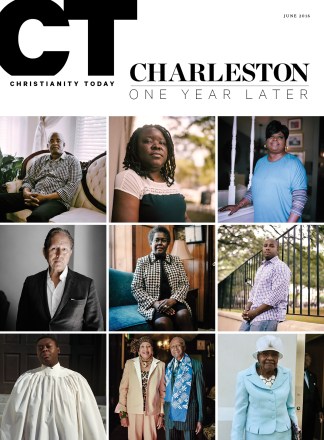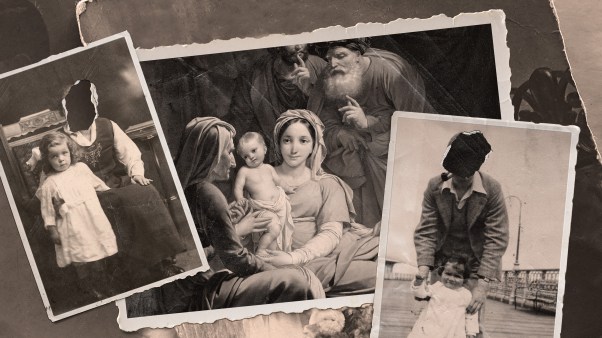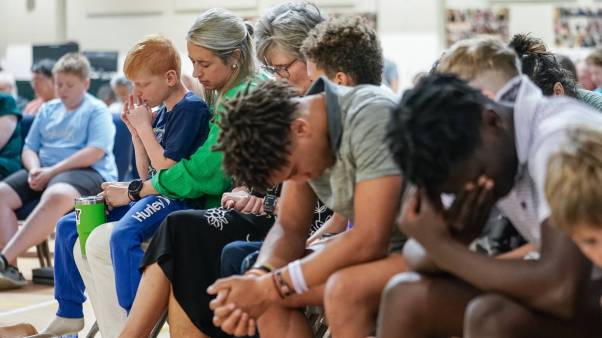I grew up in Fremont, California, the second most diverse metropolitan area in America. Each day, the Filipino, Mexican, black, Korean, white, and biracial kids on my block would play kickball in the street and then break bread—Popsicles from the ice cream truck—together. It never occurred to me that this type of cross-cultural contact was unusual. It was simply my life. My school was diverse. The staff and clientele at the grocery store were diverse. My church was diverse.
Fast forward 30 years. As the country’s ethnic landscape continues to change, large swaths of America are looking more like my hometown. Research on this demographic shift has found that over the past three decades, 97.8 percent of urban areas, 97.2 percent of suburban areas, and 95.6 percent of rural areas have experienced a significant increase in diversity (measured by all ethnic groups having equal proportions of an area’s total population).
The American evangelical landscape is changing, too. Recent data on global migration patterns from Jehu Hanciles, who teaches global Christianity at Emory University, illustrates that US evangelicalism is diversifying at a faster rate than the broader society. He predicts that in the near future, American evangelicalism will be predominantly non-white (in large part due to the arrival of African Christian immigrants).
In a society rife with racial conflict, such as tensions around the policing of black Americans as well as the treatment of immigrants and refugees, US evangelicals are in a unique position to build cross-cultural bridges. Indeed, in Philippians 2:1–2, the apostle Paul calls us to be leaders in this way:
Therefore if you have any encouragement from being united with Christ … then make my joy complete by being like-minded, having the same love, being one in spirit and of one mind.
Paul recognized that the body of Christ, powered by the Spirit of God and the love of Jesus, can be a force for unity in a divided world.
Paul was speaking to the Philippian church, which included everyone from a former slave to a successful businesswoman, and was apparently divided by a dispute between Euodia and Syntyche. In his letter, Paul doesn’t suggest that all Christians should be clones or experience the world in the same way. Rather, he exhorts Christ followers to be of common mind in the midst of our diversity. As a social psychologist, I think of this as seeking the perspective of the other, empathizing with their unique experience in the world (even if it contradicts my own), and using this information to work toward a common purpose.
My hope is that Christians will answer Paul’s call to unity across lines of division. Here are some initial steps to take:
1) Notice the diversity around you. We often aren’t aware of the increasing diversity in our local community. But a quick search by zip code at factfinder.census.gov reveals that we typically vastly underestimate the various forms of diversity around us.
2) Diversify your education. Rather than waiting on your church or people from different backgrounds to teach you about racial, class, gender, political, and religious diversity, create your own syllabus of books, articles, documentaries, and sermons—and start conversations with people in your community. As a jumping off point, I recommend the following evangelical scholars and leaders: Brenda Salter McNeil, Kathy Khang, Sandra Maria Van Opstal, Mark Charles, Nikki Toyama-Szeto, Tim Muehlhoff, Patty Lane, Paul Louis Metzger, Lisa Sharon Harper, and John Stackhouse.
3) Take an imaginative walk in another’s shoes. The simple exercise of perspective-taking can begin to crack the walls that divide us. One social psychology study asked white students to listen to a black student describe how he experienced challenges adjusting to college life. The white students who were asked to take the black student’s perspective by “looking at the world through his eyes and walking through the world in his shoes” expressed more empathy for the specific student in the story and more positive attitudes toward black students in general compared to white students who were not asked to take the perspective of the black student. Other studies have shown that perspective-taking increases empathy for and positive attitudes toward a wide variety of groups, including elderly people, individuals who are HIV-positive, and individuals who speak English as a second language. This is the beginning of sharing the like-mindedness of Philippians 2.
Ultimately, it is the Holy Spirit who enables us to be one in spirit and mind. But we who are united with Christ can do our parts to be united with each other.
Christena Cleveland is associate professor of the practice of reconciliation at Duke University’s Divinity School.










